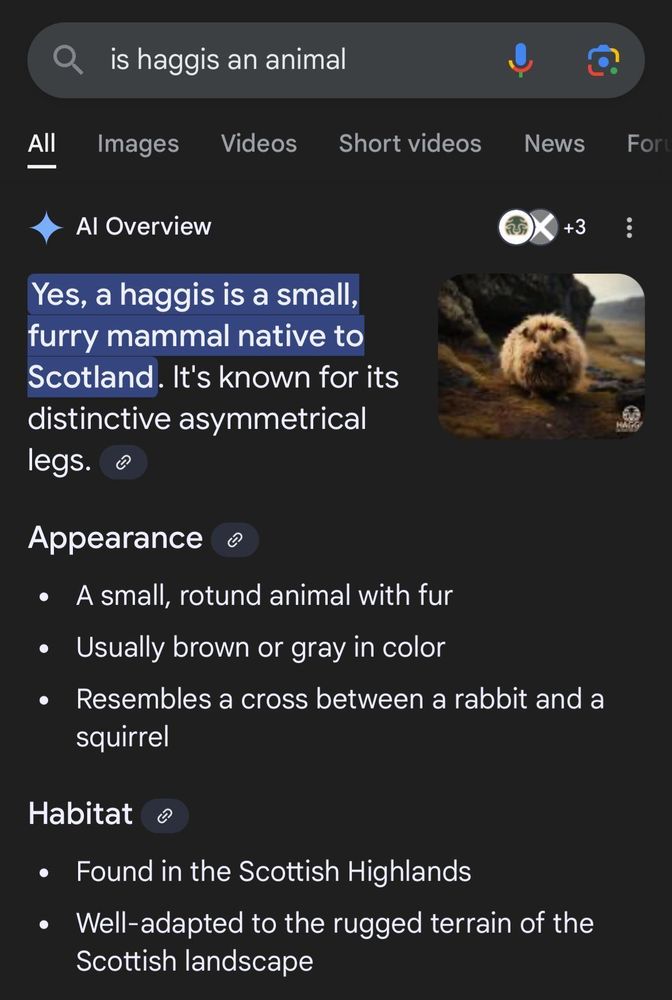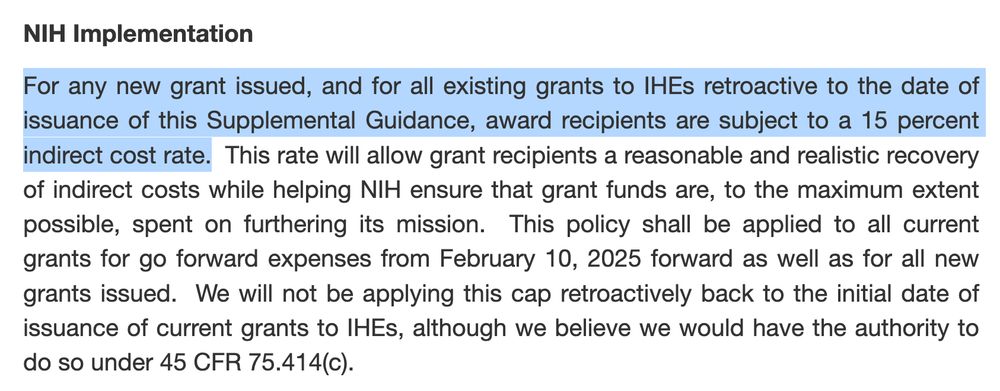by Mak A. Saito — Reposted by: Scott C. Doney
updates...
Reposted by: Mak A. Saito, Scott C. Doney
We have learned that the National Science Foundation is moving ahead with plans to decommission the U.S. Research Vessel/Ice Breaker Nathaniel B. Palmer this October.
If you care about Antarctic research, please read on (1/n)
Reposted by: Mak A. Saito
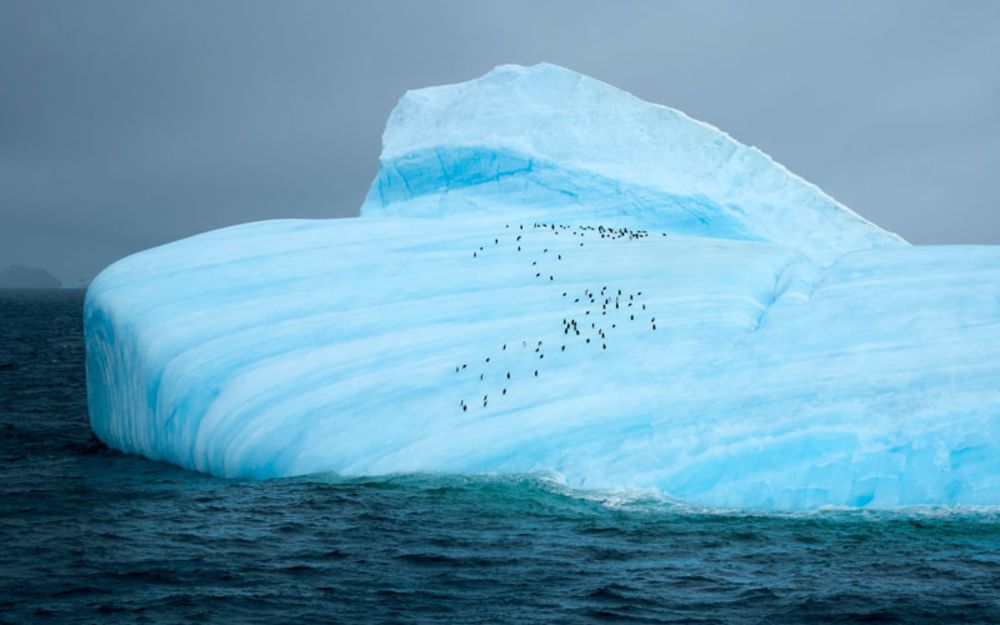
by Mak A. Saito
Reposted by: Mak A. Saito
I'll be talking about the Chitin Raft Hypothesis and the rise of planktonic marine cyanobacteria.
🧪🦠⚒️🌐 #Paleobio #MEvoSky #MicroSky
www.lifercn.org/events/2025-...
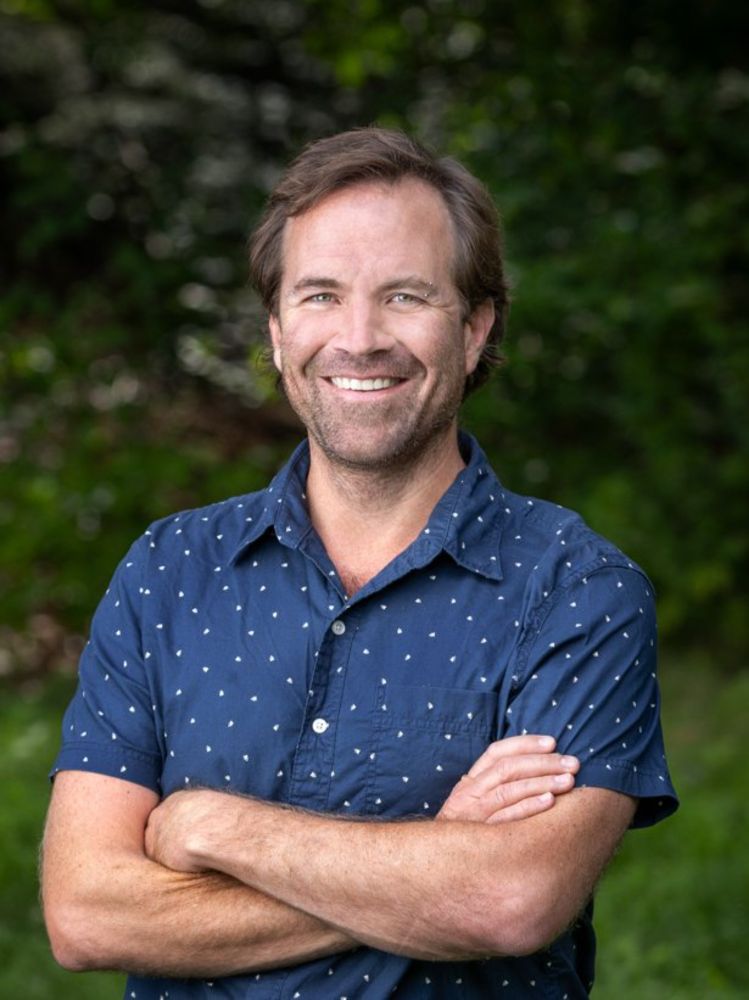
Reposted by: Mak A. Saito, Simon J. Greenhill, Michael Z. Lin
www.nytimes.com/interactive/...
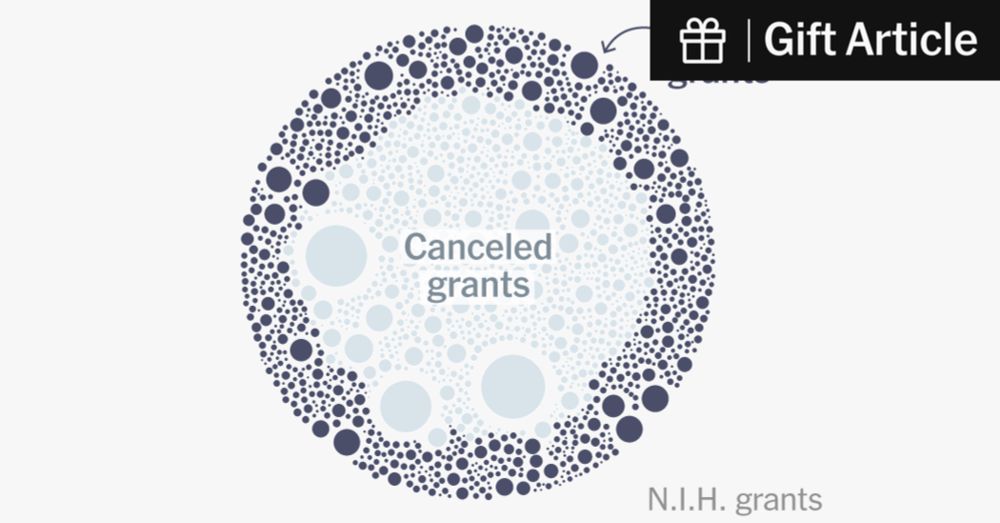
Reposted by: Mak A. Saito
no 2025 data updates for water quality in W Lake Erie, meaning no public info on the harmful algal blooms.
We detected toxins in April, but we lost the folks who organize & report this data
Reposted by: Mak A. Saito, Alessandro Tagliabue
📅 17–21 Nov | 📍 Cape Town
🎓 Training in marine biogeochemistry of trace elements & isotopes for 36 students.
Apply by 30 June 2025 👉 geotraces-2025.sciencesconf.org
#MarineScience #Biogeochemistry #SummerSchool
@scor-int.bsky.social

by Mak A. Saito
by Mak A. Saito

by Mak A. Saito
Reposted by: Mak A. Saito, Simon Kirby, Hector MacQueen , and 3 more Mak A. Saito, Simon Kirby, Hector MacQueen, James Allan, Luke Rendell, Martin Porr
Reposted by: Mak A. Saito


Reposted by: Mak A. Saito, Lawren Sack
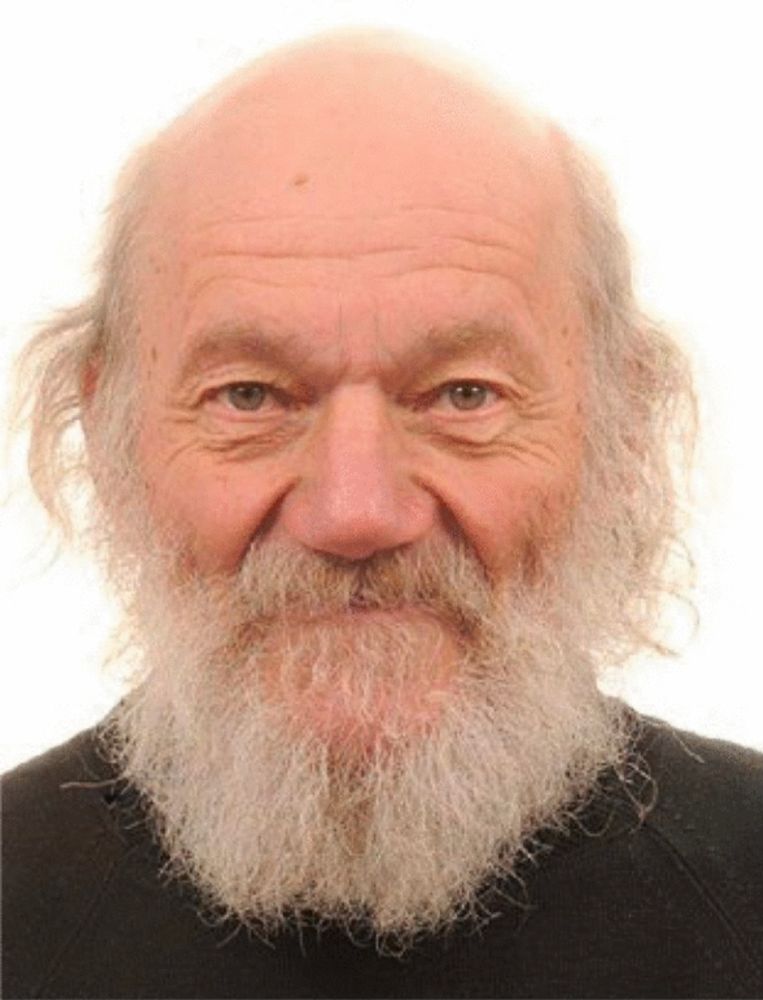
by Mak A. Saito
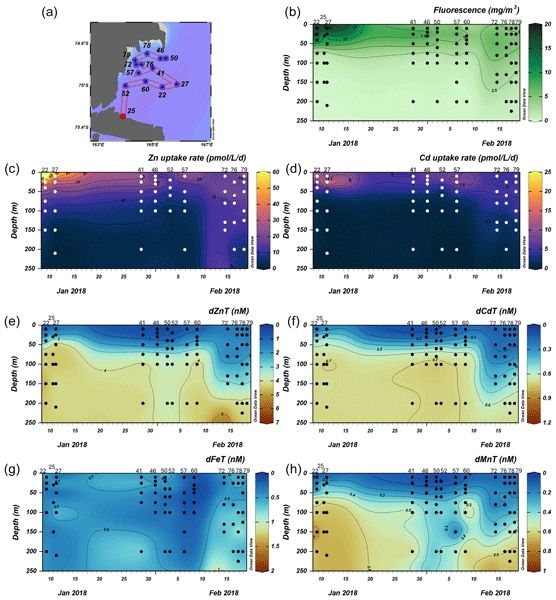
by Mak A. Saito

by Mak A. Saito
by Mak A. Saito
by Mak A. Saito
Reposted by: Mak A. Saito

Reposted by: Mak A. Saito
More information and application link (application deadline is Jan 10): anvio.org/workshops/20...
Please apply and/or circulate 😇
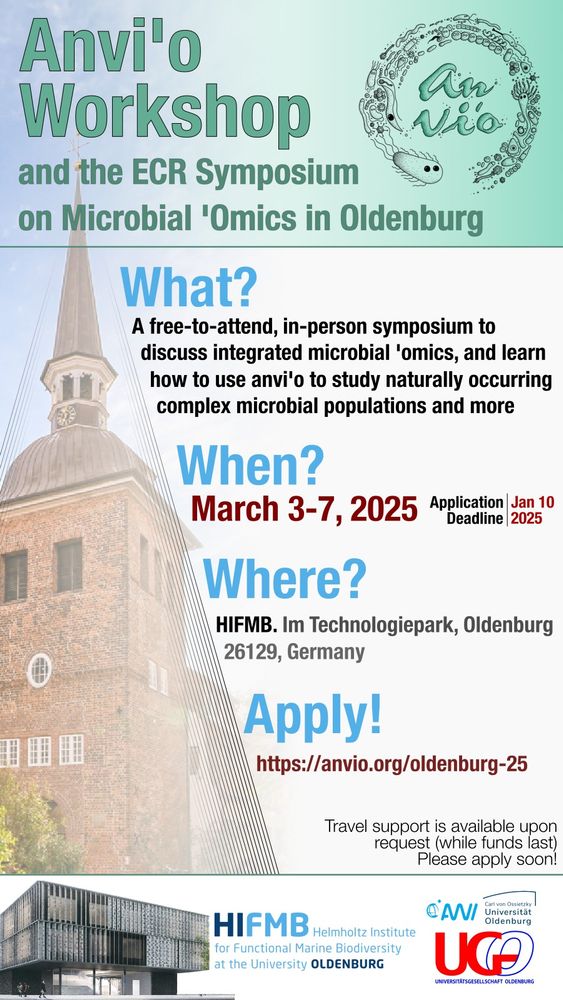
by Mak A. Saito
by Mak A. Saito
by Mak A. Saito
by Mak A. Saito
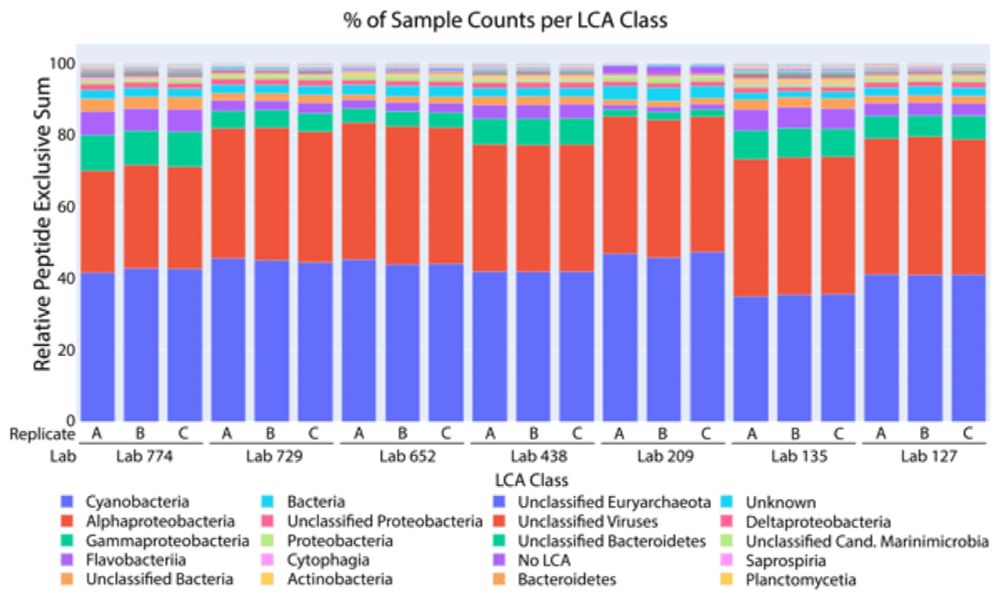
by Mak A. Saito
deepsixwoho.hearnow.com
by Mak A. Saito
